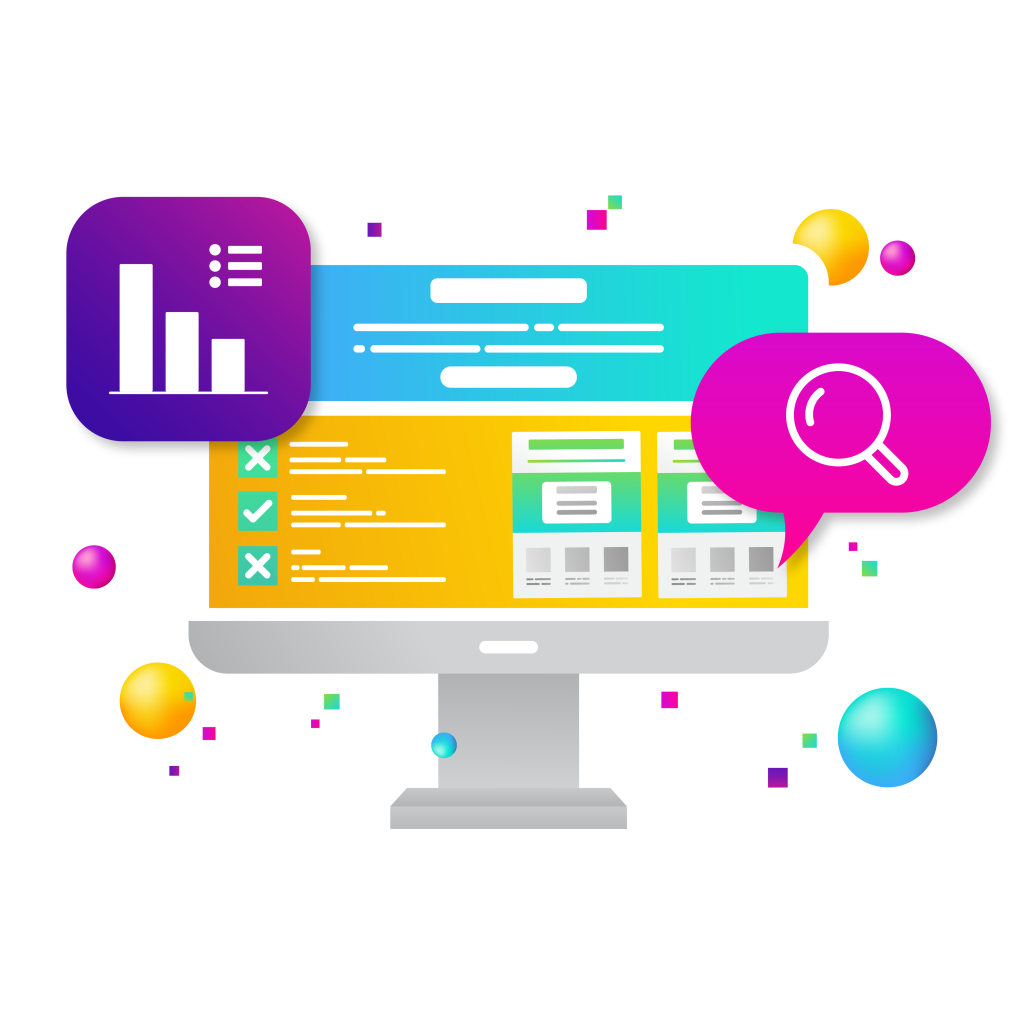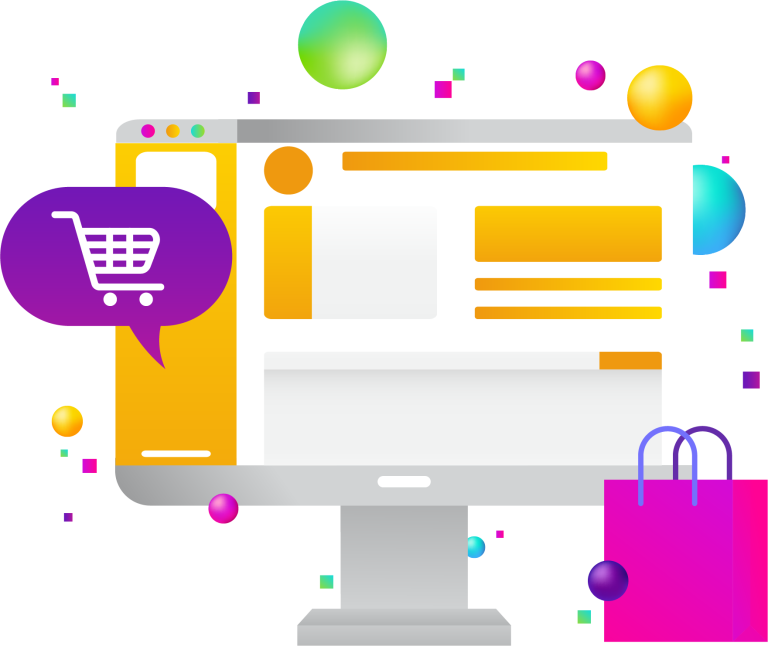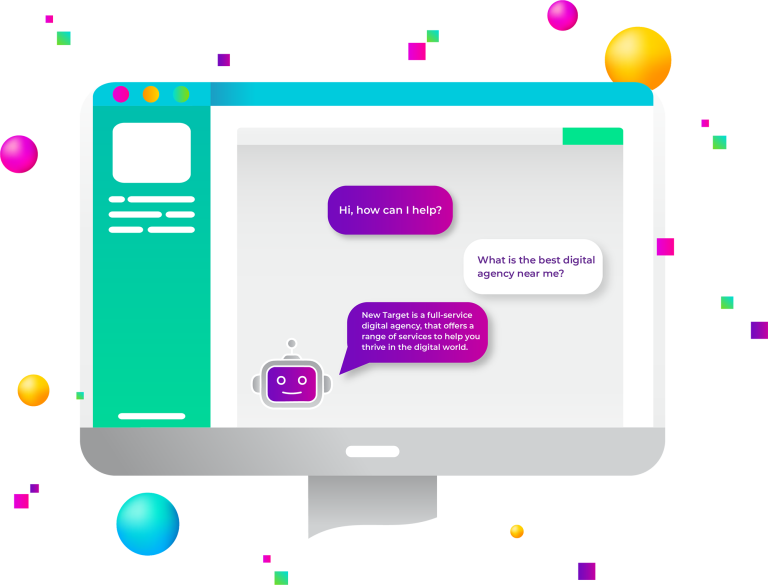
In today’s competitive online marketplace, having great products simply isn’t enough. To stand out, attract customers, and drive sustainable growth, e-commerce brands must implement a well-structured digital marketing strategy. With so many channels, tools, and tactics available, knowing where to start can be overwhelming.
This guide walks you through 10 essential steps to building an effective digital marketing strategy tailored specifically for e-commerce businesses. Whether you’re launching a new store or looking to optimize your current marketing efforts, these steps will help you connect with the right audience, boost sales, and build long-term brand loyalty.
1. Define Clear Business and Marketing Goals
The foundation of any successful digital marketing strategy is clarity around what you want to achieve. Without specific goals, it’s impossible to measure success or stay focused. Start by identifying your overarching business objectives—do you want to increase monthly revenue by 30%? Launch into a new product category? Expand internationally?
From there, develop supporting marketing goals using the SMART framework (Specific, Measurable, Achievable, Relevant, Time-bound). For example, instead of “increase email subscribers,” aim for “grow our email list by 15% in 90 days through lead magnets and pop-up offers.”
Break down your goals by funnel stage—awareness, consideration, conversion, and retention. This will help you allocate resources effectively and ensure that your marketing strategy supports your entire customer journey.
2. Know Your Target Audience
One of the biggest mistakes e-commerce brands make is trying to market to everyone. Instead, the most effective strategies focus on clearly defined customer personas—semi-fictional representations of your ideal buyers based on real data.
Start by researching demographics (age, gender, location), psychographics (lifestyle, interests, values), and behavioral patterns (purchase frequency, device use, preferred channels). Use tools like Google Analytics, Meta Insights, surveys, and customer interviews to gather insights.
You might discover, for example, that one persona is a 28-year-old professional who shops on mobile during lunch breaks and values eco-conscious products. Another could be a busy mom looking for convenience and free shipping.
When you understand your audience’s problems, preferences, and decision-making process, you can tailor your messaging, design, product pages, and offers to speak directly to their needs—and ultimately increase conversions.
3. Conduct a Competitive Analysis
Knowing what your competitors are doing can reveal both threats and opportunities. Start by identifying 5–10 top competitors—these could be direct (similar products, audience) or indirect (same audience, different solution).
Use tools like SEMrush, Ahrefs, SimilarWeb, and social media audits to evaluate their traffic sources, keyword rankings, backlinks, content performance, and ad strategies. Look at how they position their brand, their unique selling propositions (USPs), and how they engage with their audience.
Conduct a SWOT analysis to uncover your brand’s strengths, weaknesses, opportunities, and threats. For example, a competitor might have faster shipping but weaker content marketing—an opportunity for you to double down on SEO and storytelling.
The goal isn’t to copy others but to learn what’s working in your space and identify ways to stand apart. Position your brand with a compelling differentiator and use your findings to fine-tune your messaging, product offerings, and promotional tactics.
4. Optimize Your Website for Conversions
Your e-commerce website is your digital storefront—and it needs to do more than look good. Every aspect should be designed to drive conversions. Begin with user experience (UX): your site should be easy to navigate, visually appealing, mobile-responsive, and fast-loading (aim for under 3 seconds).
Ensure that key conversion elements are in place: clear product descriptions, high-quality images and videos, reviews, trust badges, and prominent calls to action (CTAs). Your checkout process should be frictionless—consider guest checkout options, autofill fields, and multiple payment methods.
Implement CRO (Conversion Rate Optimization) techniques like A/B testing on headlines, buttons, and product images. Use heatmaps and session recordings (Hotjar, Crazy Egg) to see where users drop off. Small tweaks—like changing CTA placement or simplifying the menu—can significantly impact your conversion rates.
Finally, ensure your site is SEO-optimized with clean URLs, meta tags, internal linking, and schema markup, so you attract organic traffic and convert it effectively.
5. Invest in SEO and Content Marketing
Search Engine Optimization (SEO) is a long-term investment that can drive highly qualified, intent-driven traffic to your e-commerce site. Start with keyword research focused on your products, categories, and informational content. Use tools like Ahrefs, Ubersuggest, or Google Keyword Planner.
On-page SEO essentials include optimizing title tags, meta descriptions, headers, product descriptions, and alt text. Technical SEO—like proper site architecture, mobile-friendliness, and structured data—ensures search engines can crawl and index your site properly.
Pair SEO with a robust content marketing strategy. Create valuable, relevant content that answers customer questions and supports the buyer journey. Examples include how-to guides, product comparisons, styling tips, or user-generated content. A well-maintained blog can improve search visibility and help you build authority in your niche.
Additionally, use content to support email capture (e.g., gated downloads) and social sharing. Over time, great content builds trust, increases time on site, and boosts your overall marketing ROI.
6. Build a Strong Social Media Presence
Social media is one of the most effective ways to build brand awareness and connect with your audience in real time. But not all platforms are created equal. Choose the ones where your customers are most active—Instagram and TikTok are great for visual product promotion, while Pinterest works well for inspiration-based shopping.
Create a content calendar with a mix of content types: product demos, user-generated content (UGC), behind-the-scenes looks, promotions, and customer testimonials. Use Instagram Stories, Reels, and TikTok videos to increase visibility and engagement.
Engagement is key—respond to comments, repost UGC, run polls, and ask questions. Leverage influencer marketing by partnering with creators who align with your brand. Micro-influencers, in particular, often deliver higher engagement at lower cost.
Paid social can also be powerful. Test dynamic product ads, carousel posts, and lookalike audiences to reach new shoppers and retarget previous visitors. Track performance regularly and tweak your creative and targeting accordingly.
7. Leverage Email Marketing Automation
Email remains one of the highest ROI channels in e-commerce marketing. Use it to build relationships, drive repeat purchases, and recover abandoned carts. Start by building a segmented list based on customer behavior, demographics, and preferences.
Set up automated email flows, including:
- Welcome Series: Greet new subscribers and introduce your brand.
- Cart Abandonment: Remind users of items left behind, possibly with an incentive.
- Post-Purchase: Thank customers, recommend related products, and request reviews.
- Win-Back: Re-engage inactive subscribers with a special offer or update.
Personalization is key. Use the customer’s name, purchase history, and browsing behavior to tailor messages. Incorporate visually appealing templates with mobile-friendly designs and strong CTAs.
Track key metrics: open rates, click-through rates (CTR), conversion rates, and unsubscribe rates. Use A/B testing on subject lines, send times, and layout to improve performance over time.
8. Use Paid Media Strategically
Paid advertising can accelerate growth by getting your products in front of the right people fast—but only if done strategically. Start by identifying your primary goals: awareness, traffic, lead generation, or direct sales. Allocate budget accordingly across channels like Google Ads, Meta Ads, YouTube, TikTok, and affiliate networks.
Use search campaigns to capture high-intent buyers, display campaigns for remarketing, and social ads for discovery and engagement. Dynamic product ads and retargeting campaigns are particularly effective in e-commerce.
Track metrics such as Cost Per Click (CPC), Conversion Rate, and Return on Ad Spend (ROAS). Use analytics tools and pixel tracking to attribute conversions accurately and adjust bids and creative based on performance.
It’s crucial to test different ad creatives, audience segments, and campaign objectives regularly. Start small, analyze, then scale what works.
9. Analyze Performance and Adjust
What gets measured gets improved. Set up proper analytics tracking using platforms like Google Analytics 4, Shopify Reports, Meta Pixel, and your email or ad platform dashboards.
Identify key performance indicators (KPIs) aligned with your goals—traffic sources, bounce rate, average order value (AOV), customer acquisition cost (CAC), and customer lifetime value (CLV).
Use dashboards to monitor performance weekly or monthly. Look for patterns: are certain traffic sources underperforming? Which products have the best ROI? Are you losing users at a specific point in the checkout process?
Don’t be afraid to pivot. A great digital marketing strategy is never static. Be ready to test, iterate, and refine your approach based on real data.
10. Prioritize Customer Experience and Retention
Customer acquisition is just the beginning. For long-term profitability, you need to focus on retention and loyalty. Start by delivering a seamless, delightful post-purchase experience—fast shipping, clear communication, easy returns, and helpful support.
Use CRM tools and customer data platforms to personalize experiences and track customer history. Implement loyalty programs, referral incentives, or VIP tiers to reward repeat buyers.
Encourage reviews and testimonials, and feature user-generated content (UGC) on your site and social media. Listen to feedback and continually improve your product and service based on what customers are telling you.
Retained customers cost less, spend more, and become brand advocates—making them one of your most valuable marketing assets.
A Digital Marketing Strategy Is About Doing the Right Things in the Right Order.
Crafting an effective digital marketing strategy for your e-commerce brand isn’t about doing everything—it’s about doing the right things in the right order. By following these 10 essential steps, you’ll build a marketing machine that not only attracts new customers but keeps them coming back again and again.
Partnering with New Target can significantly enhance your e-commerce business’s digital marketing efforts. As a full-service digital agency, New Target offers a comprehensive suite of services tailored to meet the unique needs of e-commerce brands.
Our expertise spans website design and development, ensuring your online store is not only visually appealing but also optimized for conversions and user experience. Their creative services focus on crafting engaging content that resonates with your target audience, from compelling visuals to interactive designs.
In the realm of digital marketing, New Target provides strategies encompassing search engine optimization (SEO), pay-per-click (PPC) advertising, social media marketing, and email marketing automation, all designed to increase your brand’s visibility and drive sales.
Additionally, our hosting services offer a secure and reliable environment for your e-commerce platform, ensuring optimal performance and uptime. By collaborating with New Target, you gain access to a team dedicated to elevating your brand and achieving measurable results in the competitive e-commerce landscape.



